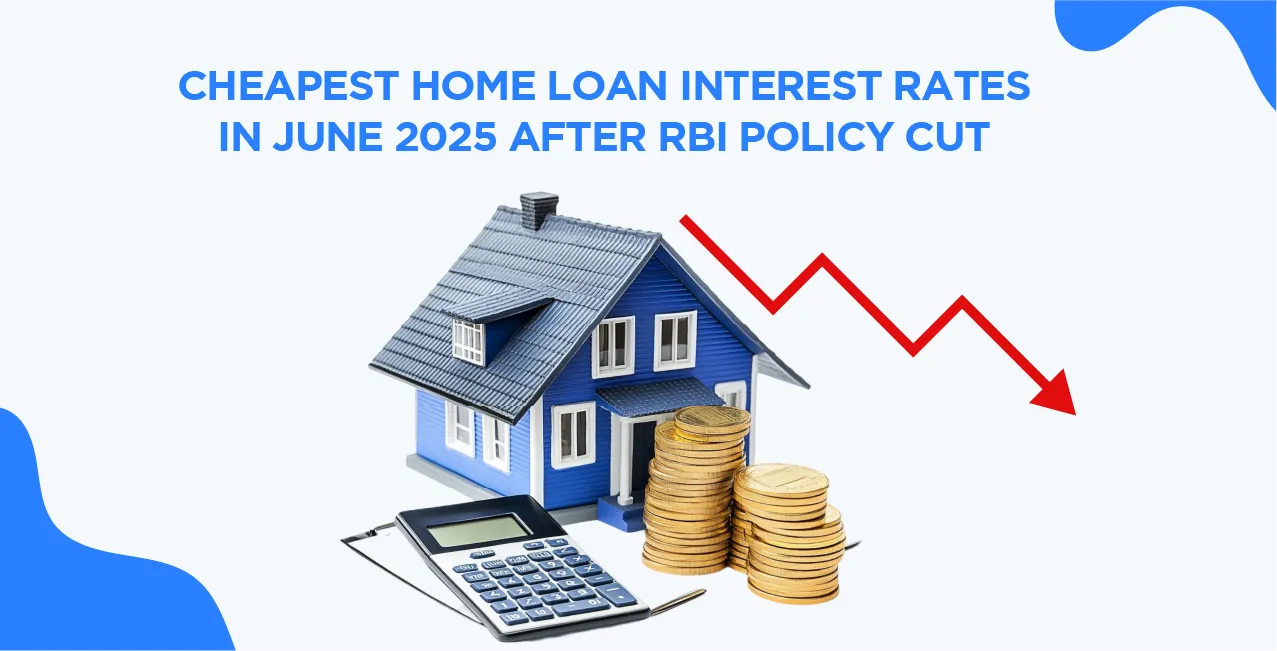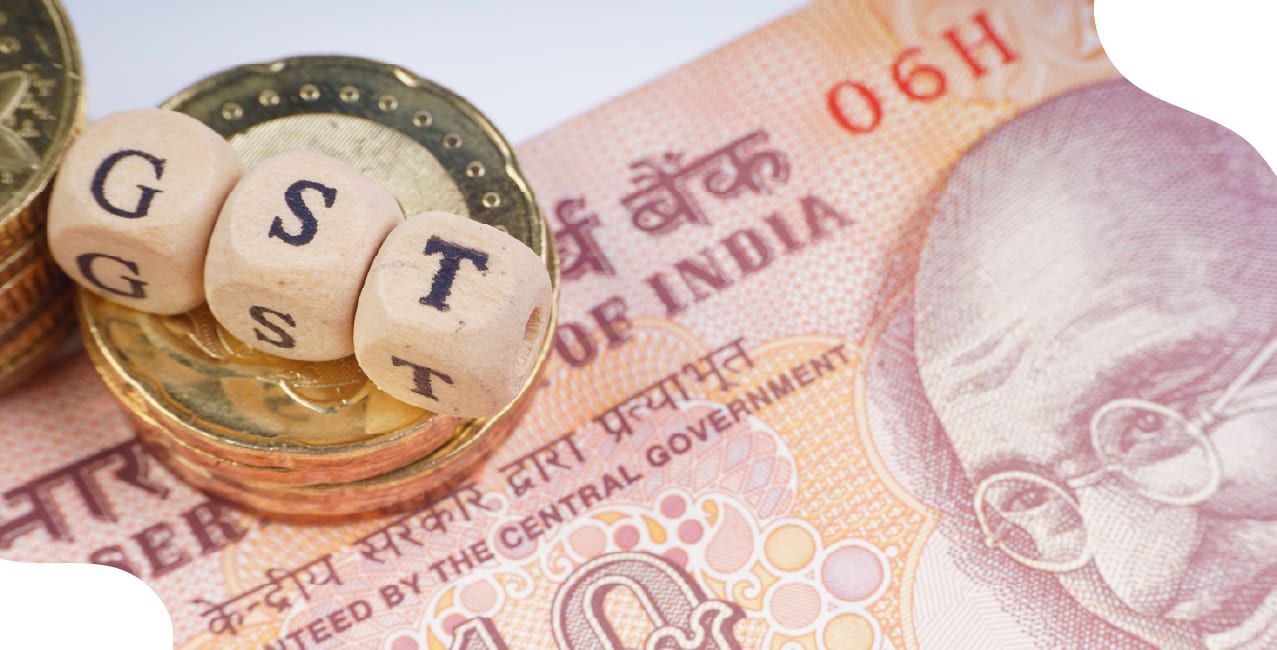
Author
LoansJagat Team
Read Time
4 Min
06 Jun 2025
RBI Hits a Hat-Trick with 3rd Repo Rate Cut in 2025-2026
And it’s a hat-trick! This time, the Reserve Bank of India is in full form to ease the public's financial burden.
RBI slashed the repo rate for the 1st time in 2025-2026 in February, bringing it down to 6.25 from 6.50. Then, in April 2025, the repo rate witnessed another cut and landed on 6. However, the RBI was still not satisfied with the staggering inflation, which is still below the 4% target for the 3rd consecutive month.
So, what is the current repo rate?
What is the Current Repo Rate?
On June 6, 2025, the RBI's Monetary Policy Committee (MPC), under the leadership of Governor Sanjay Malhotra, announced a substantial 50 basis point reduction in the repo rate, bringing it down from 6.0% to 5.5%.
In short, since February, RBI has brought down the repo rate by 100 base points. With such a massive rate cut, how much can a loan borrower manage to save on his EMIs?
Before that, let’s understand what a repo rate is and what CRR is.
What is Repo Rate?
Commercial banks, like SBI, PNB, ICICI, etc., borrow money from the RBI. Now, as a lender, the RBI charges interest on the loan amount disbursed to each bank. Let’s say that interest is 6%. Now, what will happen if the RBI cuts down this interest rate and brings it down to 5.5%?
Read More – Navigating Interest Rates: How They Affect Your Loan Choices
This means that commercial banks would now pay less interest and would have more money to lend to the public. In turn, commercial banks will also cut down on the interest rate of long-term loans to attract more loan borrowers.
How Is the Repo Rate Related to the CRR?
CRR stands for the Cash Reserve Ratio. This ratio means the money that commercial banks need to keep a certain percentage of their deposits as reserves with the RBI. When the RBI lowers this ratio, banks would have more money to lend and would ease the loan lending criteria.
Benefits of 3rd Repo Rate Cut for Loan Borrowers
For loan borrowers, especially those with long-term loans like home and auto loans, the consecutive rate cuts are a welcome relief. The reduction in the repo rate lowers the interest rates on loans, leading to decreased Equated Monthly Installments (EMIs).
This not only eases the financial burden on existing borrowers but also makes borrowing more attractive for potential borrowers, thereby stimulating consumer spending and investment.
Comparison Between All 3 Repo Rates in 2025-2026
Harsh, borrowed a ₹1 Crore home loan in 2022. The following are the details of his home loan:
- Loan Tenure: 20 Years
- Rate of Interest: 10%
Now, let’s compare how Harsh would benefit over time, with regard to the 3 rate cuts:
Repo Rate Cuts | February (25 Base Points) | April (25 Base Points) | June (50 Base Points) |
Rate of Interest | 14% | 13.75% | 13.25% |
Loan Amount | ₹ 1 Crore | ₹ 1 Crore | ₹1 Crore |
Interest Amount | ₹ 1,99,00,000 | ₹ 1,94,00,000 | ₹ 1,85,00,000 |
Savings on Interest Amount | - | ₹ 5,00,000 | ₹ 15 lakhs |
EMI Savings | - | ₹ 2000/month, i.e., ₹4,80,000 in 20 years | ₹ 6000/month, i.e., ₹14 lakhs in 20 years |
With savings of approximately ₹14 lakhs, Harsh would be able to focus on other financial responsibilities or increase his spending. This is RBI’s primary goal: to improve people’s spending power and bring more money into the economy.
The immediate market response was notably positive. Seconds after RBI governor Sanjay Malhotra announced the repo rate cut, Nifty Bank spiked over 500 points. This was one of the highest surges, which shows consumer confidence in the upward market trend.
How Much Money is Released in the Economy?
In addition to the repo rate cut, the RBI announced a 100-basis-point reduction in the Cash Reserve Ratio (CRR), decreasing it from 4% to 3%. This change will be implemented in four equal tranches starting in September 2025.
Also Read - RBI's Historical Rate Adjustments During Crises
This move is expected to inject approximately ₹2.5 lakh crore into the banking system, enhancing liquidity and enabling banks to offer more loans to individuals and businesses.
Conclusion
The RBI's third consecutive repo rate cut, coupled with the reduction in the Cash Reserve Ratio (CRR), signifies a positive approach to reviving economic growth. For borrowers with tenures exceeding seven years, these measures are particularly beneficial, as they can result in substantial savings over the loan period.
Lower EMIs free up household income, allowing for increased spending or investment, which in turn can contribute to economic expansion. The central bank's proactive stance reflects its commitment to ensuring financial stability and supporting the nation's economic recovery.
About the Author

LoansJagat Team
‘Simplify Finance for Everyone.’ This is the common goal of our team, as we try to explain any topic with relatable examples. From personal to business finance, managing EMIs to becoming debt-free, we do extensive research on each and every parameter, so you don’t have to. Scroll up and have a look at what 15+ years of experience in the BFSI sector looks like.

Quick Apply Loan
Subscribe Now
Related Blog Post

LoansJagat Team • 10 Jun 2025

LoansJagat Team • 22 Sep 2025

LoansJagat Team • 22 Sep 2025